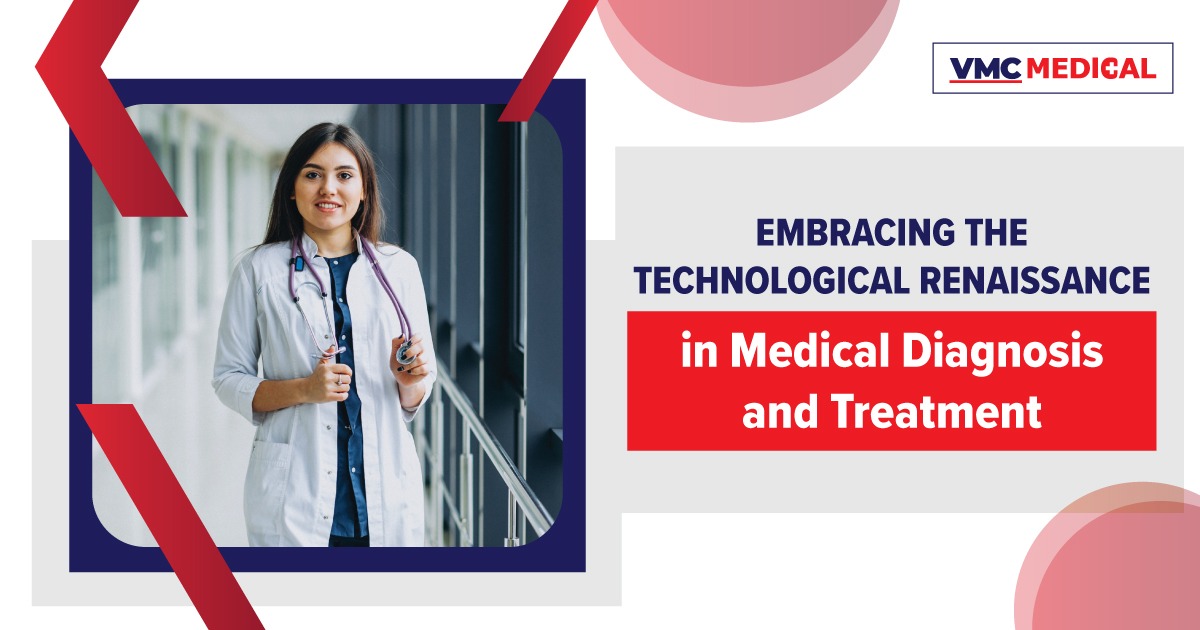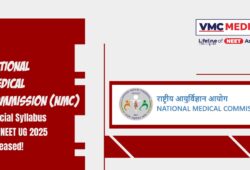Embracing the Technological Renaissance in Medical Diagnosis and Treatment!
 Posted On
Posted On
250 total views, 1 views today
In recent years, the landscape of healthcare has been dramatically reshaped by the relentless march of technological innovation. This paradigm shift has revolutionized the way medical professionals diagnose and treat various conditions, ushering in an era of unprecedented precision and efficiency. Join us on a journey as we delve into the profound impact of cutting-edge technology on medical diagnosis and treatment, and explore the imperative of staying abreast in this dynamic field.
- Advanced Imaging Technologies: A Quantum Leap in Precision Diagnosis
Gone are the days of rudimentary medical imaging techniques. Today, we stand witness to a renaissance in imaging technology, where Magnetic Resonance Imaging (MRI), Computed Tomography (CT) scans, and Ultrasound have undergone remarkable advancements. These sophisticated imaging modalities empower clinicians to peer into the intricate tapestry of internal structures with unparalleled clarity and precision. By providing a detailed roadmap of anatomical abnormalities, these technologies enable early disease detection and facilitate precision-guided treatment strategies, ultimately enhancing patient outcomes.
- Harnessing the Power of Artificial Intelligence in Diagnostics
The advent of Artificial Intelligence (AI) heralds a new dawn in medical diagnostics. Leveraging the prowess of machine learning and deep learning algorithms, AI has emerged as a formidable ally in the fight against disease. By sifting through vast troves of patient data, AI algorithms can swiftly identify subtle patterns and anomalies that evade human detection. In the realm of medical imaging, AI-based tools serve as adept assistants, aiding clinicians in the timely detection of conditions ranging from cancer to cardiovascular diseases. With AI at their side, healthcare professionals can navigate the diagnostic labyrinth with unparalleled accuracy and efficiency, ushering in a new era of precision medicine.
- Telemedicine and Remote Monitoring: Bridging the Healthcare Divide
Telemedicine has emerged as a beacon of hope, particularly for individuals residing in remote locales or facing emergent medical needs. Through the seamless integration of video consultations and digital platforms, patients can now access expert medical advice from the comfort of their homes. This paradigm shift not only enhances accessibility to healthcare services but also facilitates timely interventions, thereby mitigating the burden on traditional healthcare infrastructure. Furthermore, the advent of remote monitoring devices such as wearable sensors and mobile health apps empowers patients to take charge of their health journey by enabling continuous tracking of vital signs. This proactive approach not only fosters personalized treatment plans but also empowers patients to actively participate in their healthcare regimen, thereby fostering a symbiotic relationship between patients and healthcare providers.
- Robotic-Assisted Surgery: Precision Redefined
The realm of surgery has undergone a metamorphosis with the advent of robotic-assisted surgery. Equipped with unparalleled precision and dexterity, robotic systems have revolutionized the surgical landscape, enabling surgeons to perform intricate procedures with unparalleled finesse. By virtue of their minimally invasive nature, robotic-assisted surgeries offer myriad benefits including reduced recovery times, smaller incisions, and enhanced patient outcomes. This transformative technology not only augments the capabilities of surgeons but also heralds a new era of patient-centric care, where precision and compassion converge to redefine the surgical paradigm.
Final Thoughts
In conclusion, the convergence of technology and healthcare has catalyzed a paradigm shift in the field of medical diagnosis and treatment. From advanced imaging technologies to the transformative potential of Artificial Intelligence, the possibilities are boundless. As we navigate this brave new world, it is imperative for healthcare professionals to embrace these technological advancements and harness their transformative potential. By staying abreast of the latest innovations and fostering a culture of continuous learning, we can pave the way for a future where precision, efficiency, and compassion converge to redefine the landscape of healthcare as we know it.




